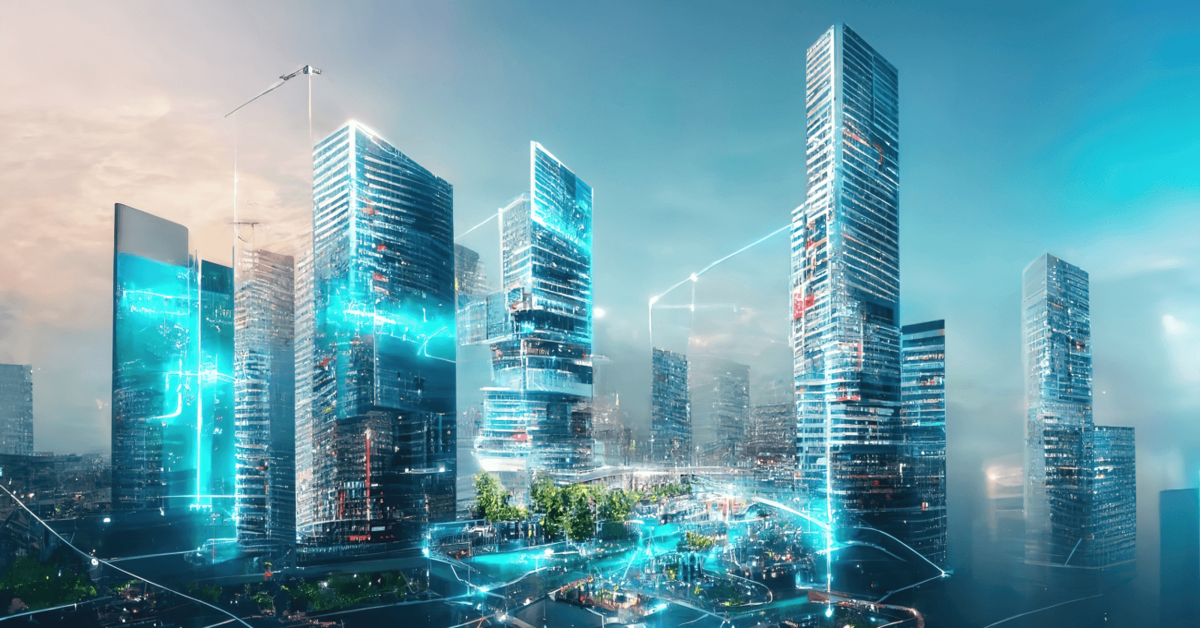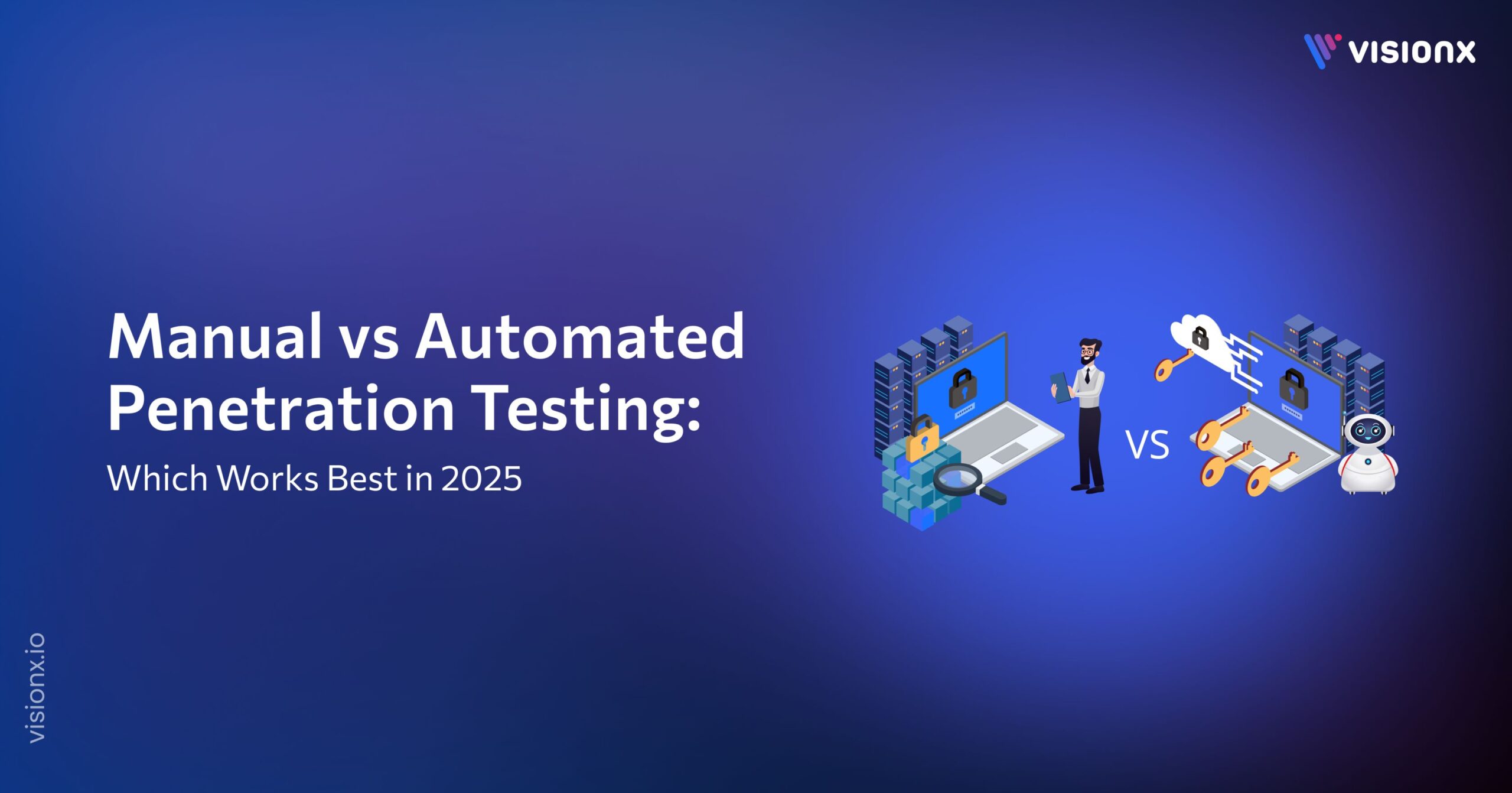Smart building technology has revolutionized how we design, construct, and manage buildings. By converging various building-wide systems into a single IT-managed network infrastructure, smart buildings enable efficient resource utilization and create safe and comfortable environments for occupants.
This article delves into the concept of smart & intelligent building technology, explores its importance, highlights key features, provides real-world examples, and discusses the role of IoT and AI in its utilization.
What is Smart Building Technology?
Smart building technology involves integrating advanced digital systems and automation to enhance the functionality and efficiency of buildings. It encompasses a range of technologies, including IoT sensors, building technology management systems, AI, and augmented reality. These technologies work together to optimize energy consumption, improve operational efficiency, and enhance occupant experience.
Why Smart Buildings Are Needed
The importance of smart buildings lies in their ability to create safe, energy-efficient, and connected spaces that adapt to the needs of occupants and optimize resource utilization.
Let’s look at the key benefits of smart buildings and the compelling reasons for anyone with the means to embrace this transformative digital revolution.
Energy Efficiency:
Smart buildings employ intelligent energy management systems that track and control energy consumption in real-time. This leads to reduced energy wastage, lower carbon footprint, and significant cost savings.
Sustainability:
Smart buildings contribute to a greener and more sustainable future by leveraging renewable energy sources and implementing energy-efficient measures.
Operational Efficiency:
Smart building technology streamlines facility management processes, automates routine tasks, and enables predictive maintenance, improving operational efficiency and reducing downtime.
Key Features of Smart Buildings
Smart buildings stand out from traditional structures due to their distinctive features. Some of the key features include:
1. Integrated Building Systems:
Smart buildings integrate various systems into a cohesive network, including HVAC, lighting, security, and fire safety. This allows for centralized control, efficient monitoring, and streamlined operations.
2. Real-time Data Analytics:
They collect data from sensors and devices to gain insights into energy usage, occupancy patterns, and equipment performance. This data-driven approach enables informed decision-making and optimization of building operations.
3. Automation & Remote Control Building Technology:
Smart buildings leverage automation technologies to optimize energy consumption, adjust environmental conditions, and manage security systems. Remote control capabilities enhance convenience and enable remote monitoring and management of building operations.
4. Adaptive Learning & Optimization:
Advanced AI algorithms learn from historical data and user preferences to optimize building performance. This includes dynamic scheduling, predictive maintenance, and intelligent energy management.
Real-World Examples of Smart Buildings
Here are a few smart buildings showcasing their capabilities and potential.
The Edge, Amsterdam, Netherlands:
The Edge, located in Amsterdam, is widely recognized as one of the world’s most sustainable and intelligent office buildings. It incorporates many smart technologies, including IoT sensors, occupancy-based lighting, climate control, and smartphone apps for personalized workspace settings. The building’s intelligent systems analyze data in real-time to optimize energy consumption, space utilization, and occupant comfort.
One Bryant Park, New York City, USA:
One Bryant Park is an iconic green skyscraper in New York City. The building utilizes a sophisticated smart building technology system that integrates various technologies, such as advanced HVAC controls, efficient lighting systems, and real-time energy monitoring. This allows for energy-efficient operations and substantial cost savings, making it a prime example of a sustainable, innovation-driven building.
AI in Smart Buildings: The Emerging Trend
Artificial Intelligence (AI) is another transformative technology reshaping the landscape of smart buildings.
Here are some key aspects of AI in buildings:
- It enables intelligent energy management, optimizing energy consumption and reducing waste.
- Occupancy optimization uses AI to analyze occupancy patterns and preferences, optimizing space utilization.
- Predictive analytics leverages AI algorithms to anticipate trends, identify issues, and make proactive recommendations.
- It enhances security and safety through advanced video analytics and sensor data analysis.
- AI brings automation, predictive capabilities, and intelligent decision-making to building systems.
The Potential of IoT in Smart Buildings
In today’s rapidly evolving technological landscape, the Internet of Things (IoT) has emerged as a game-changer for the building industry. The utilization of IoT in smart buildings revolutionizes the way buildings are designed, managed, and experienced. IoT enables seamless communication, data sharing, and automation by connecting devices, sensors, and systems, leading to enhanced efficiency, sustainability, and occupant comfort.
Here are some of the aspects of IoT utilization in smart buildings.
- IoT enables building automation and control, integrating various systems for intelligent operations.
- Energy management and efficiency are optimized through real-time data collection and analysis.
- IoT facilitates predictive maintenance, detecting anomalies, and triggering maintenance alerts.
- Enhanced occupant experience is achieved through personalized control and interactive features.
7 Key Challenges and Considerations in Smart Building Technologies
Smart building technologies offer numerous benefits, but their implementation comes with challenges and considerations.
Here are the 7 seven key challenges and considerations organizations should be aware of when adopting smart building technologies.
1. Data Privacy & Security:
Ensuring data security is a critical challenge in smart buildings. With the massive data collected and shared, organizations must implement robust cybersecurity measures, secure communication protocols, and data encryption to protect sensitive information from unauthorized access and cyber threats.
2. Interoperability & Integration:
Integrating different systems and technologies within a smart building ecosystem can be complex. The challenge lies in ensuring seamless interoperability between various devices, sensors, and software platforms. Standardization efforts and open protocols are crucial in addressing this challenge and enabling smooth integration.
3. Scalability & Future-Proofing:
Smart building technologies should be scalable and adaptable to accommodate future expansions and technological advancements. Organizations must consider scalability when designing infrastructure and selecting systems to ensure long-term viability and avoid costly replacements or upgrades.
4. Upfront Costs & Return On Investment (ROI):
Implementing smart building technology often involves significant upfront costs, including equipment, sensors, infrastructure, and software development. To justify the initial investment, organizations should carefully assess the ROI potential by considering energy savings, operational efficiencies, and enhanced occupant experience.
5. Skills & Expertise:
The successful implementation and management of smart building technology requires skilled personnel with expertise in data analytics, cybersecurity, system integration, and maintenance. Organizations should invest in training and hiring the right talent to ensure the effective operation and maintenance of these technologies.
6. Legacy Systems & Retrofitting:
Many existing buildings may have legacy systems designed for something other than smart building integration. Retrofitting these systems to accommodate smart technologies can be a challenge. Organizations must assess the compatibility of existing infrastructure and plan for retrofitting or phased upgrades to ensure a smooth transition.
7. Stakeholder Engagement & Change Management:
Implementing smart building technologies involves change at various levels, including building occupants, facility managers, and other stakeholders. Ensuring effective stakeholder engagement, communication, and change management are crucial to gain acceptance, addressing concerns, and maximizing the benefits of smart building technology.
Conclusion:
Smart buildings revolutionize sustainable infrastructure by integrating IoT, AI solutions, and data analytics. Despite challenges like data privacy and upfront costs, addressing these considerations is vital for successful implementation. These intelligent, data-driven buildings hold immense potential for a connected and sustainable future, and as technology advances, they will continue to shape the buildings of tomorrow.


